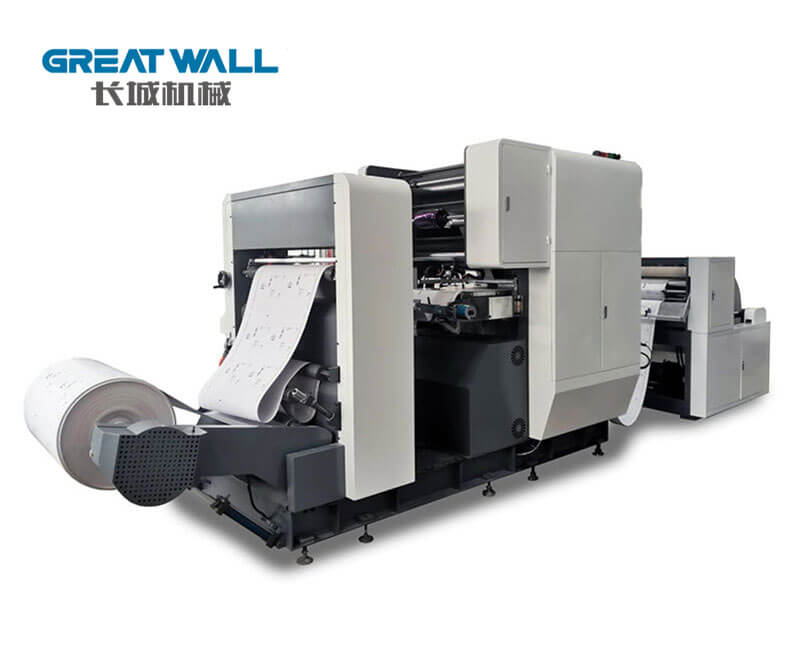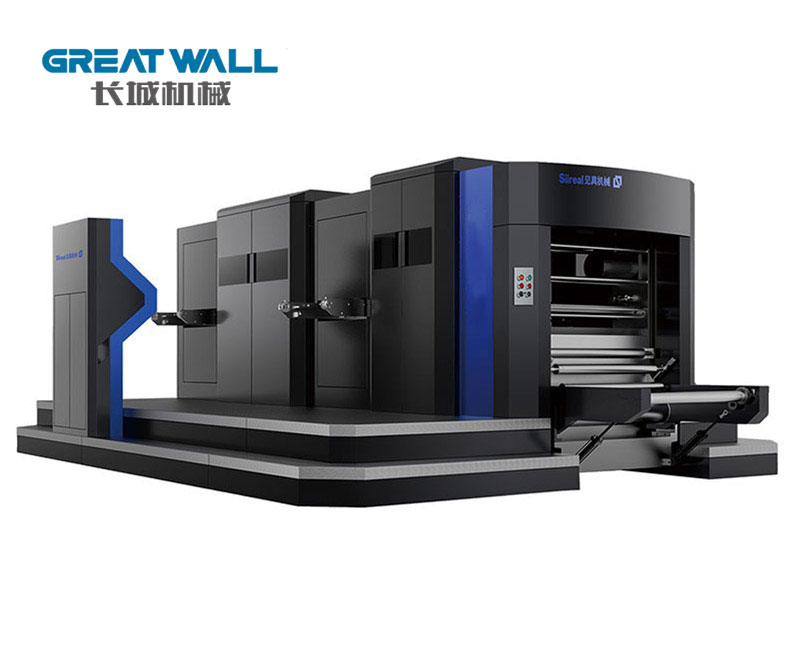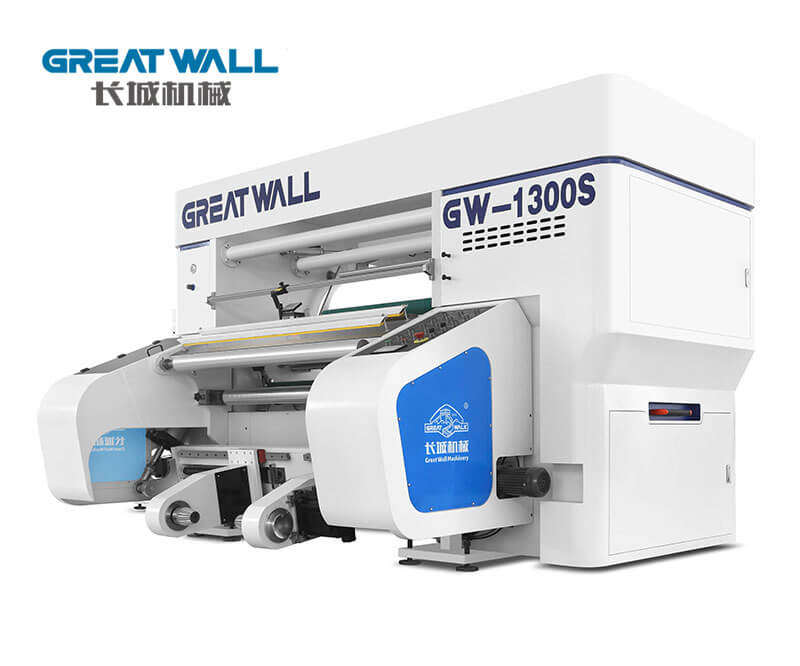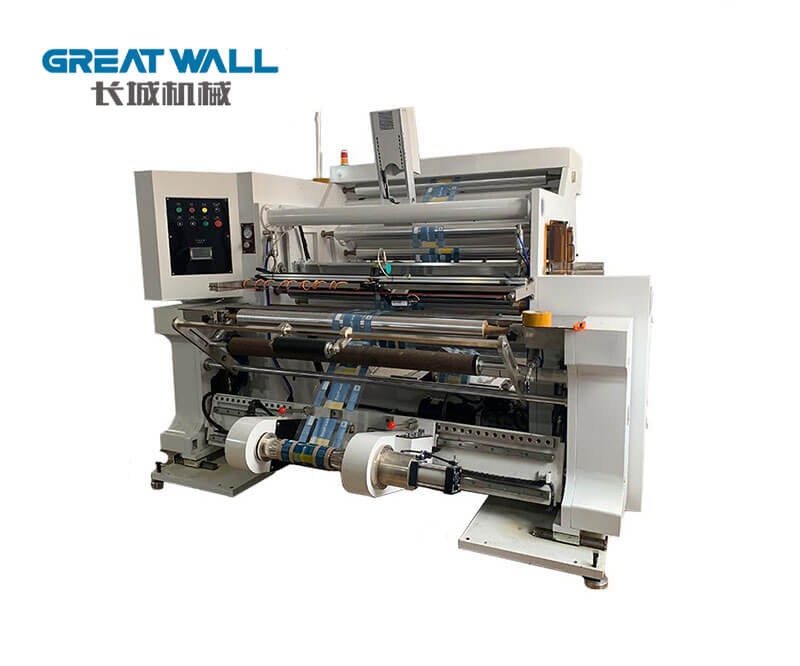7 points of correct choice of die cutting machine
Experts pointed out that these 7 topics, which shop buyers should pay attention to, are all difficult problems that die-cutting machines must further solve when manufacturing machinery and equipment.

Look at the production and processing quality of each component of the machinery and equipment and the precision of the assembly line. Limited by the technical strength of China's machining industry, many mechanical parts of the die-cutting machine are not smooth. For example, the matching between the intermittent mechanism and the main transmission device and the chain and the manufacturing precision will immediately affect the equipment speed. If the precision of the assembly line is poor, it will affect the precision of die cutting and cause noise. Another example is that the working pressure organization of the toggle lever and the gap between the moving service platform are clearly unscientific, which will cause vibration and affect the speed and precision.
Second, look at the paper feed rate and precise positioning of the organization. At this stage, the widely used method is continuous paper feeding, that is, the front sheet and the back sheet are always partially overlapped. This type of method is stable and faster, but the rapid movement causes the paper type to cause a large impact on the precise positioning front gauge, and the paper type is rolled or jumped after being supported, which leads to the prohibition of precise positioning. The ideal die-cutting machine should ensure that the die-cutting rate is also as low as possible.

Third, look at the intermittent mechanism, transmission chain and paper feeding teeth. Flat-laying die-cutting machines often use a fair degree cam mechanism, and whether the camshaft is effective is important. The tightness of the transmission chain should be appropriate, too tight or too loose will affect the precision of die cutting. The paper feed tooth of the flat die-cutting machine is often seen as a solid core, but it is still easy to deform when it is moving at a high speed, and the inertia force is large when it stops suddenly. A good tooth row has high strength and light weight, and the angle of view and working pressure are appropriate.
Look at the chain guide. The slide rail has the effect of precise positioning and manipulation of the drive chain. The thickness of the slide rail should be suitable, and it can be placed in the chain piece. The distance between the left and right slide rails must ensure that the transmission chain is smoothly based, and the friction resistance of the transmission system is very small; the large transmission chain is very easy to tremble. The trajectory of the slide rail and the length of the transmission chain also have a necessary influence on the characteristics of the equipment.

Fifth, look at the transmission. At this stage, the main drive system of the die-cutting machine is driven by a motor to drive the worm and worm gear. Worm gears often have helical teeth. It should be noted that when the worm gear and the worm gear mesh at the index circle, the backlash between the transmission gear and the transmission gear is suitable. If the backlash is too large, the worm gear drive system is unstable; if the backlash is too small, the fluidity of the grease is unfavorable. That is to say, the unscientific pressure angle will affect the unit root test of the transmission system.
Six look at the organization that exerts pressure. The most critical equipment of the die cutting machine is to apply pressure to the tissue. At this stage, the most common double-toggle bar organization, the crank rotates for seven days, which enables the theme activity service platform to reach the maximum limit twice. In order to ensure the quality of die-cutting, all service platforms should be well-balanced during filling and pressing. Therefore, the tunneling face of the left and right service platform must be parallel. If the design plan is unscientific, it will cause uneven work pressure and excessive idle schedule.

Look at the die-cutting plate, die-cutting knife and rubber strips. These three items are the basic components of die-cutting, and their pros and cons are immediately related to die-cutting quality. The plate stipulates that the relative density is uniform, the quality is light, the strength is good, and the softness is good, which is conducive to production and processing, leveling and firmness. After the knife line is inserted, it can be removed and replaced several times. The wound should be sharp, with a small deviation in the aspect ratio of the knife and the bend of the machete. The strength of the adhesive strip should be moderate, not to squeeze the wound, nor to have insufficient resilience.









